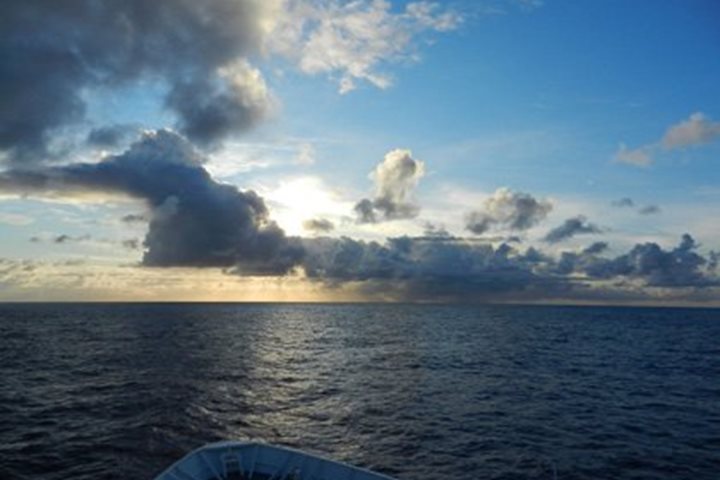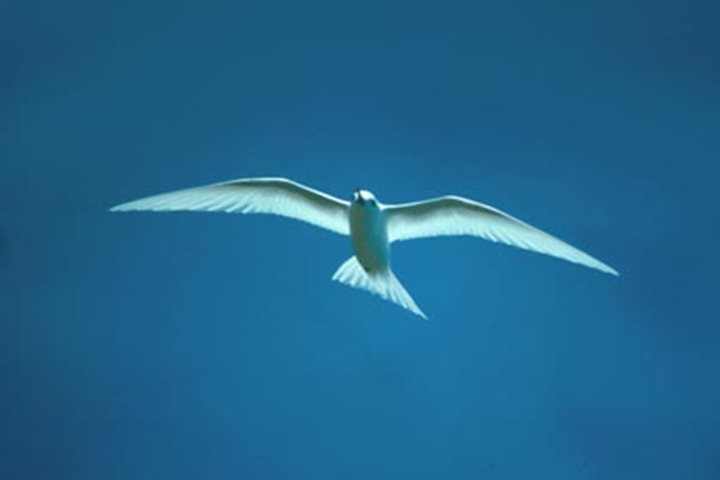Fakarava is the second largest of all atolls and shortly after sunrise the National Geographic Orion entered the north pass for our first day amongst the atolls of the Tuamotu group. This atoll is so massive that as we entered and looked across, no land was in sight on the far side. However, a semicircle of white sand beaches and palm trees disappeared to the horizon in two directions. We made our way towards one beautiful curve of a motu, or island on the edge of an atoll, and this was our spot for the morning. Many of us visited the local village, some learned about black pearls and even bought a few, and others just lounged on the beach or went snorkeling.
While the above water world was interesting, the undersea world for me, was spectacular. Fakarava is world famous for the diving in the pass, and today did not disappoint. Divers did three dives around the pass, and all three were equally fascinating. Healthy coral lined the shallows, and these were filled with fish of every shape and color. Towers of snappers morphed into squadrons that moved amongst us. Butterflyfish also hovered in clouds above the reef. Deeper down in the pass was the real action. Swirling masses of sharks circled us, at one time with fifty gray reef sharks in view. However, the highlight for me was multiple manta rays. Reaching about twelve feet in width, the mantas were coming in to get cleaned. Their underwater ballet was amongst the most beautiful sights possible to be seen underwater.
Our visit today to Fakarava showed why it has been designated as a UNESCO Biosphere Reserve.







